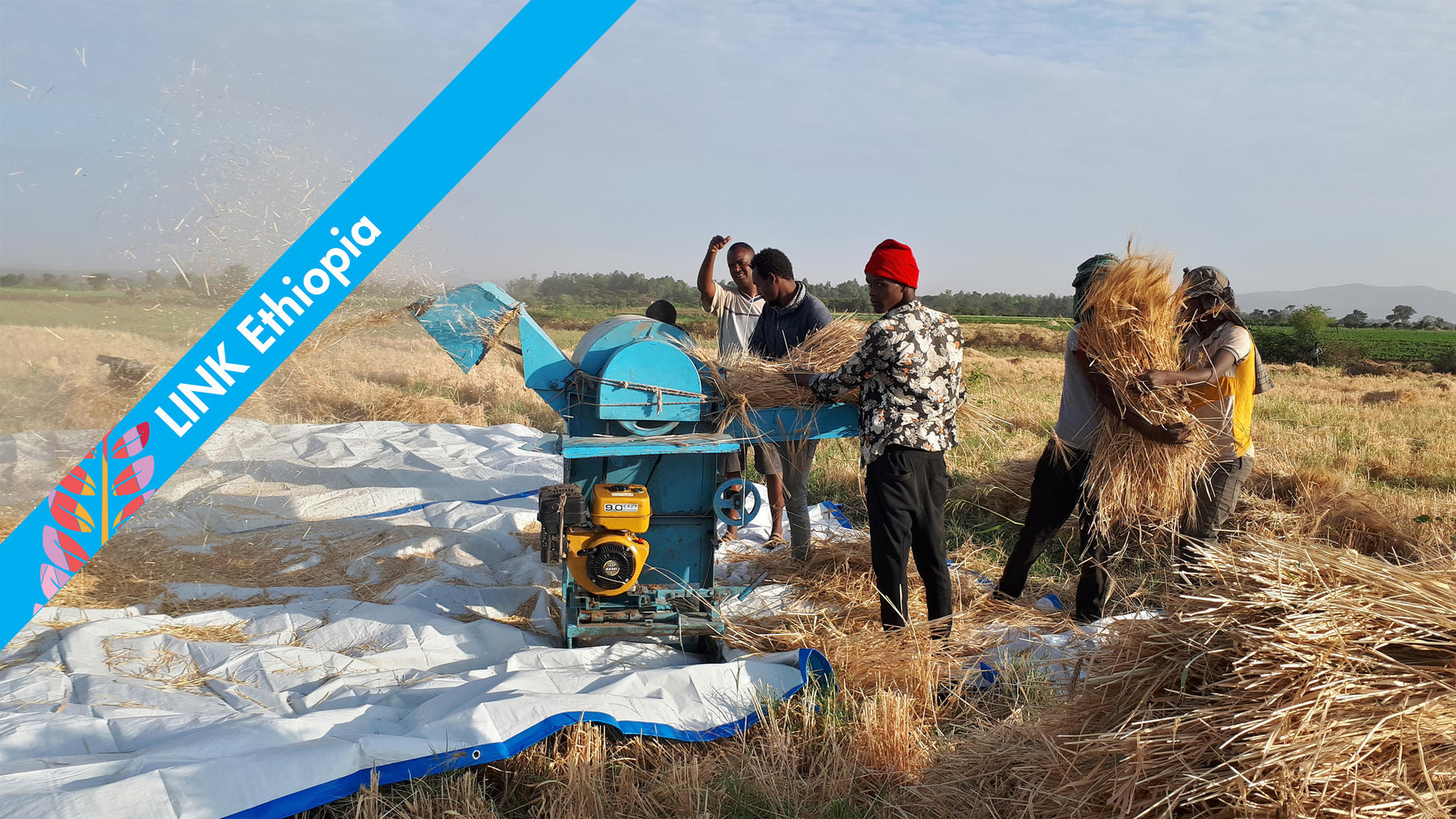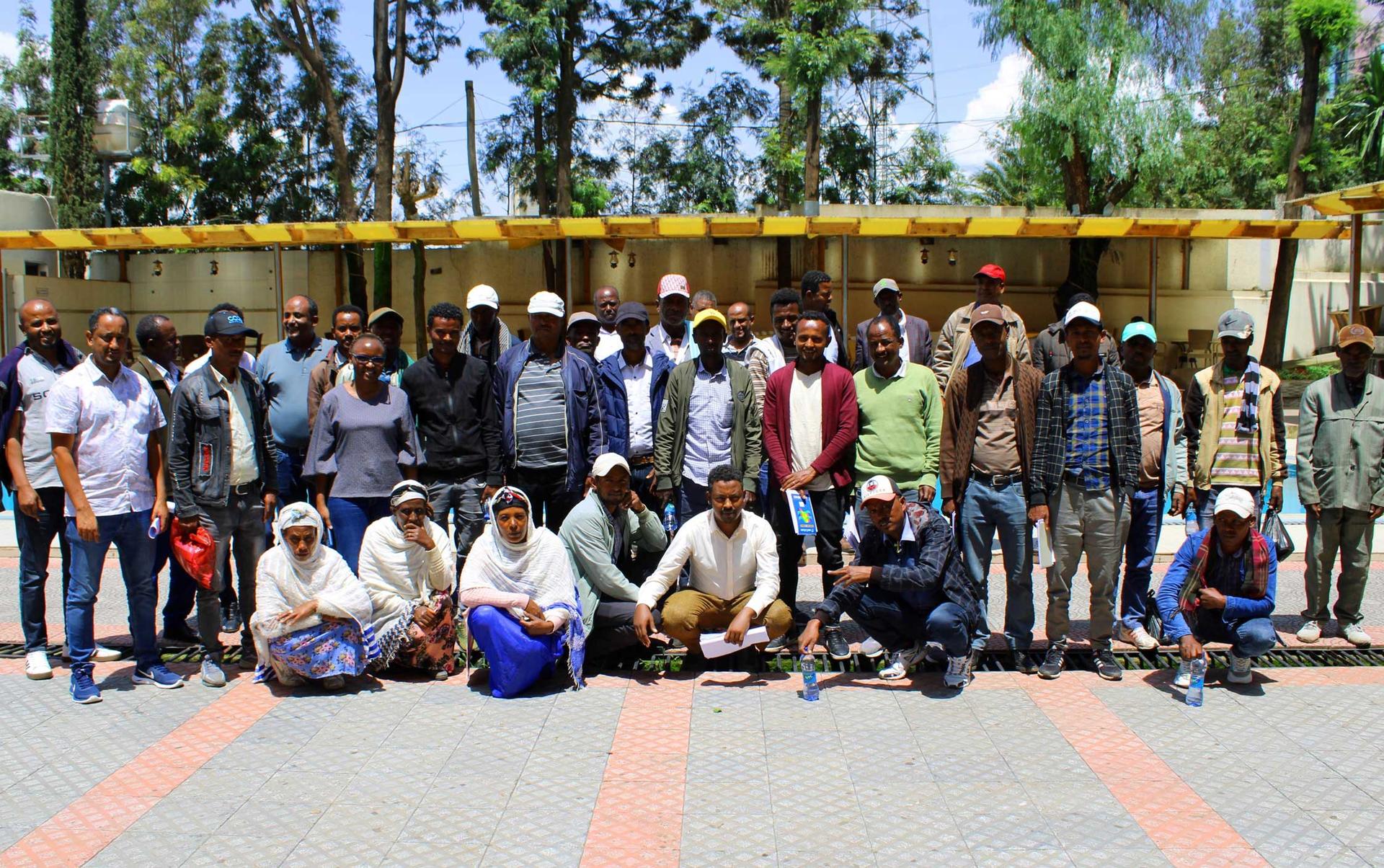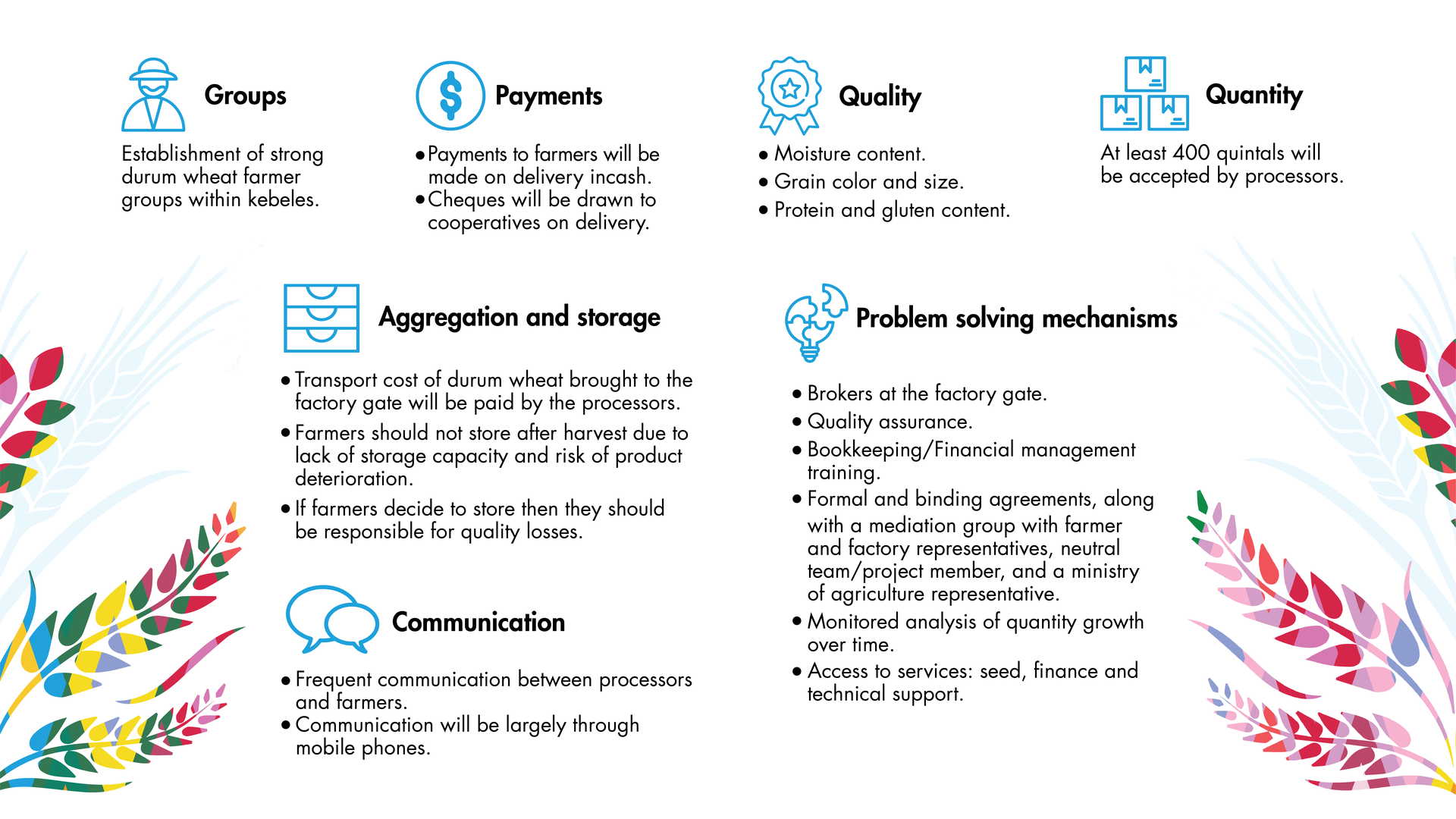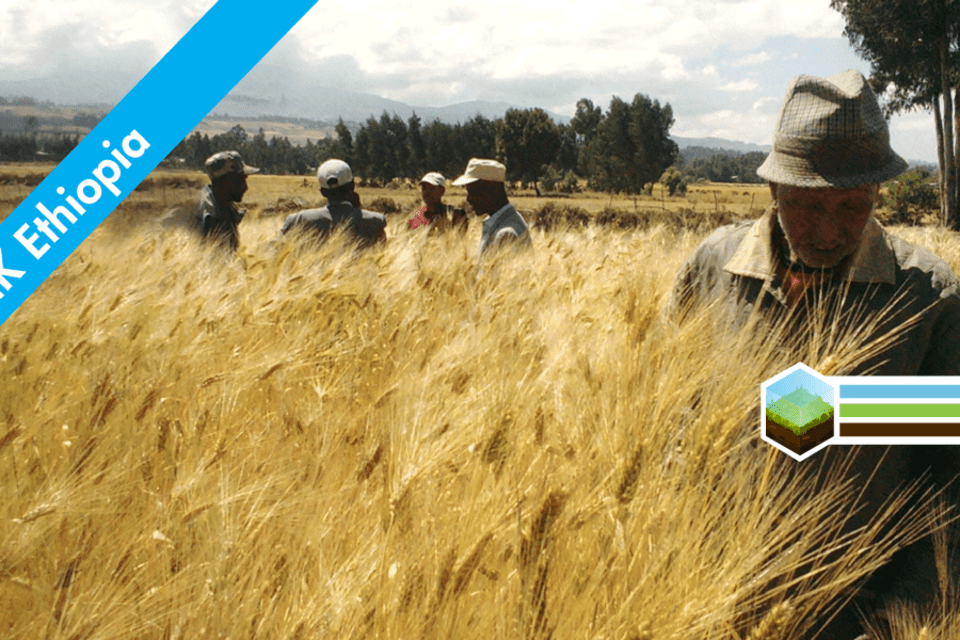Blog Linking farmers and markets in Ethiopia: implementation

The final phase of the durum wheat value chain study in Ethiopia, looking forward to implementing inclusive business models through the application of the LINK Methodology.
After learning about the first and second phases of the application of the LINK Methodology in the study on the durum wheat value chain in Ethiopia, we reached the final phase, where the third and fourth tools of the methodology were applied. After being implemented, The New business model principles and the Prototype cycle, together with Tool 1. Value chain mapping and Tool 2. Business model canvas, led to conclusions and agreements on key linkages that will be presented at the end of this blog.

Figure 1. The LINK toolbox. 2023. Design by: Erika Mosquera and Carolina Polo.
Tool 3: New Business Model Principles
Through the application of this tool the purpose was to help both buyers and sellers evaluate their current business relationship using the criteria of inclusivity, as its main objectives are to assess the extent to which the business relationship with a formal buyer is inclusive of small producers and define specific actions to improve inclusivity for smallholder farmers. The inclusion criteria used in this tool is in accordance with these six principles under which the business model is evaluated: collaboration throughout the chain, effective linkages with the market, fair and transparent governance, equitable access to services, inclusive innovation, and measurement of results.
Since these principles should be used as guides to assess and improve business models, participants were trained on how to develop seller and buyer scorecards based on the six principles and how to calculate the overall score per principle, which could be used then to draw and interpret a spider-web graph. Finally, the training was followed by a guided exercise where participants used the tool to analyze and score their current business model in durum wheat value chain using the six new business model principles with a view of identifying specific areas that need improvement.

Photo credit: Kevin Onyango
Tool 4: The Prototype Cycle
The aim of the prototype cycle is to resolve those problems which impede progress, rotating between the following stages: plan, test, check (measure outcomes), and adapt/adopt. The goal of the tool is to continually evaluate the business model to improve. Even though this tool was not for immediate use in the Winner seed project, participants were introduced to it and its usefulness in project evaluation.
After the training sessions and deliberations between the participants, a series of conclusions and agreements emerged, which are shown in a general overview in the following graphic.
Conclusions and agreements on key linkages

Figure 2. Conclusions and agreements on key linkages. 2023. Design by: Carolina Polo.
After going through all the phases of the application of LINK Methodology in the study on durum wheat, and learning about each of the four tools: the Value chain map, the Business model canvas, the Principles for inclusive business models, and the Prototype cycle, we have been able to understand the importance of this methodology to intervene business models in the search for inclusion and productivity improvement. In this case, facing the challenges and the lack of effective and efficient linkages between producers and other actors in the value chain of one of the most important food crops in Ethiopia, which, together with all its derivatives, satisfies the search for fast and tasty, but still cheap and nutritious foods of the new consumers in the country.
Funded by:



